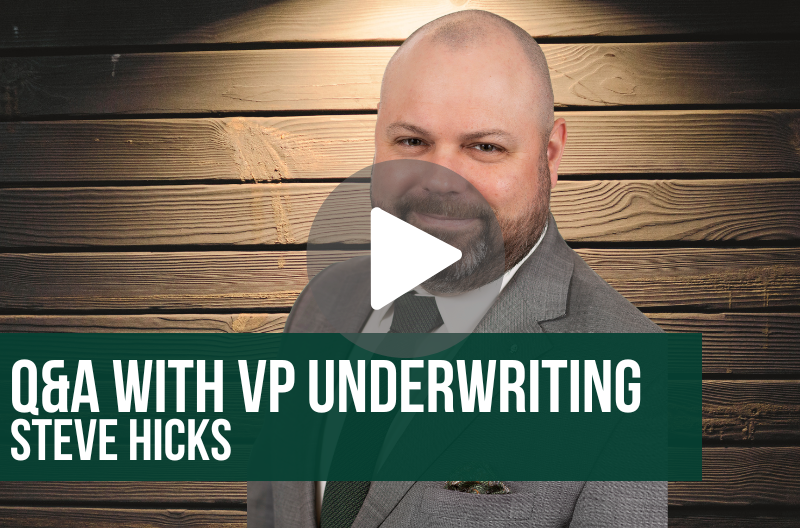We’re very excited to unveil our latest video from our new blog series titled “Insights from the Top: 3 Questions with PLM Leaders.” Every month, we’ll feature a different member of our leadership team, offering their perspectives on industry trends and the crucial role PLM plays in addressing the needs of the wood niche.
In this month’s edition, we are joined by VP of Underwriting – Steve Hicks
Q: What do you think leaders should be focused on to lead successful organizations?
Steve Hicks: I think when leaders consider really creating a safety culture and want to drive performance, the thing to focus on is compliance. We see it time and time again where organizations have really well thought out formalized safety programs, and yet there are accidents. You go, “How could that be? How do we have an accident when we have this great program in place?” What we’ve seen over time, somebody does something they weren’t supposed to. They were outside working outside of the guidelines. The key becomes, “How do we enforce compliance in all situations.”
I’ll give you an example: loading and unloading. We look for drivers. If they’re dropping off material and our team our insurance team needs to unload that material, we need those drivers to be somewhere else in a safe area before anybody drives a forklift, or to stay in the car somewhere safe, away from the loading and unloading area before anyone drives a forklift. And yet, even in organizations where that program, that policy is in place, we’ve seen accidents. “Well, the driver was friends with the people working that day.” They were out milling about, carrying on, and now they’re getting hit by a forklift. Believe me, that is not something anybody wants. It’s not good. Those are very heavy forklifts.
It’s about “How do we drive compliance across the board?” I’ve seen two things, a two pronged approach work to help do that. On the one side of incentives, can you get guys to compete to want to do the right thing? Are there incentives you can provide to help incentivize good behavior? It’s really powerful, On the flip side, have a zero tolerance policy. Are we going to allow bad behavior or do we have a zero tolerance policy? The organizations that have the strongest safety culture is have a zero tolerance policy in place. Guys know that doing things outside the guidelines not an option.
Q: What advice do you have for leaders wanting to embrace a zero tolerance policy?
SH: You can really extend that zero tolerance attitude to driving as well. You need to in the lumber and building materials industry. It’s one of the largest exposures that all businesses face. In litigious environment, you cannot afford to have drivers on the road that are not good drivers. You can’t afford it.
Do you really want to be on the witness stand, facing questions about why these guys are out on the road explaining why you let them drive in front of a jury? It’s not where you want to be. That’s understanding that we’re in an environment where drivers don’t grow on trees. It is tough to find experienced, good drivers, but taking shortcuts is not the right answer.
Q: How do you define a culture of continuous improvement?
SH: What you really are talking about is guardrails and processes: setting up a framework for people to operate inside and to work a certain way and to reconsider things. To consider and reconsider. It’s that piece that is most important is providing the structure for that to happen. You can talk about it until you’re blue in the face, but without the structure, you’re kind of just wishing. Some of the things that that we think about or that we have in place, it’s unfortunate for sure. It’s also an opportunity to review the situation. What happened? What could we have done? What did we do? Were there things we could have done better? Did we learn something from this? Ultimately, those are the types of processes that you need to have in place to really drive that culture of continuous improvement.

